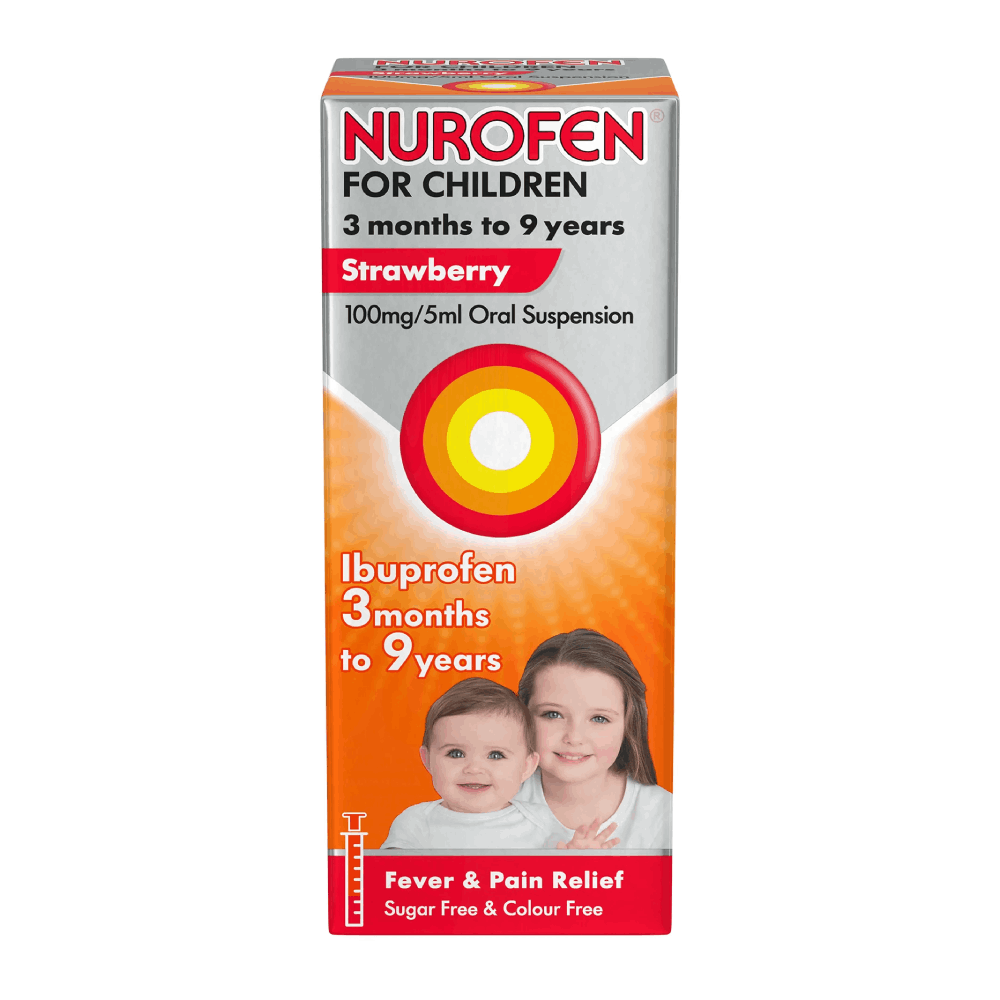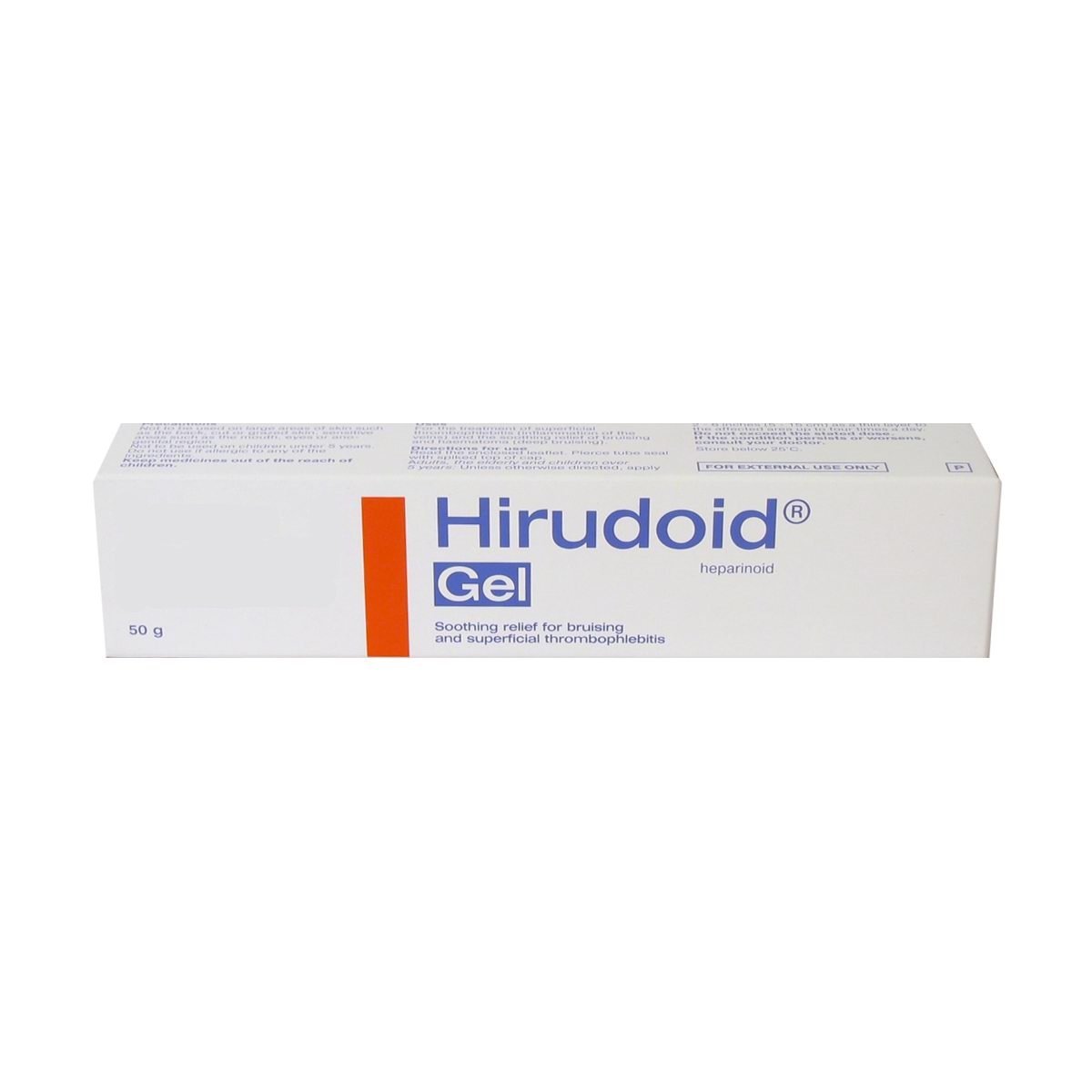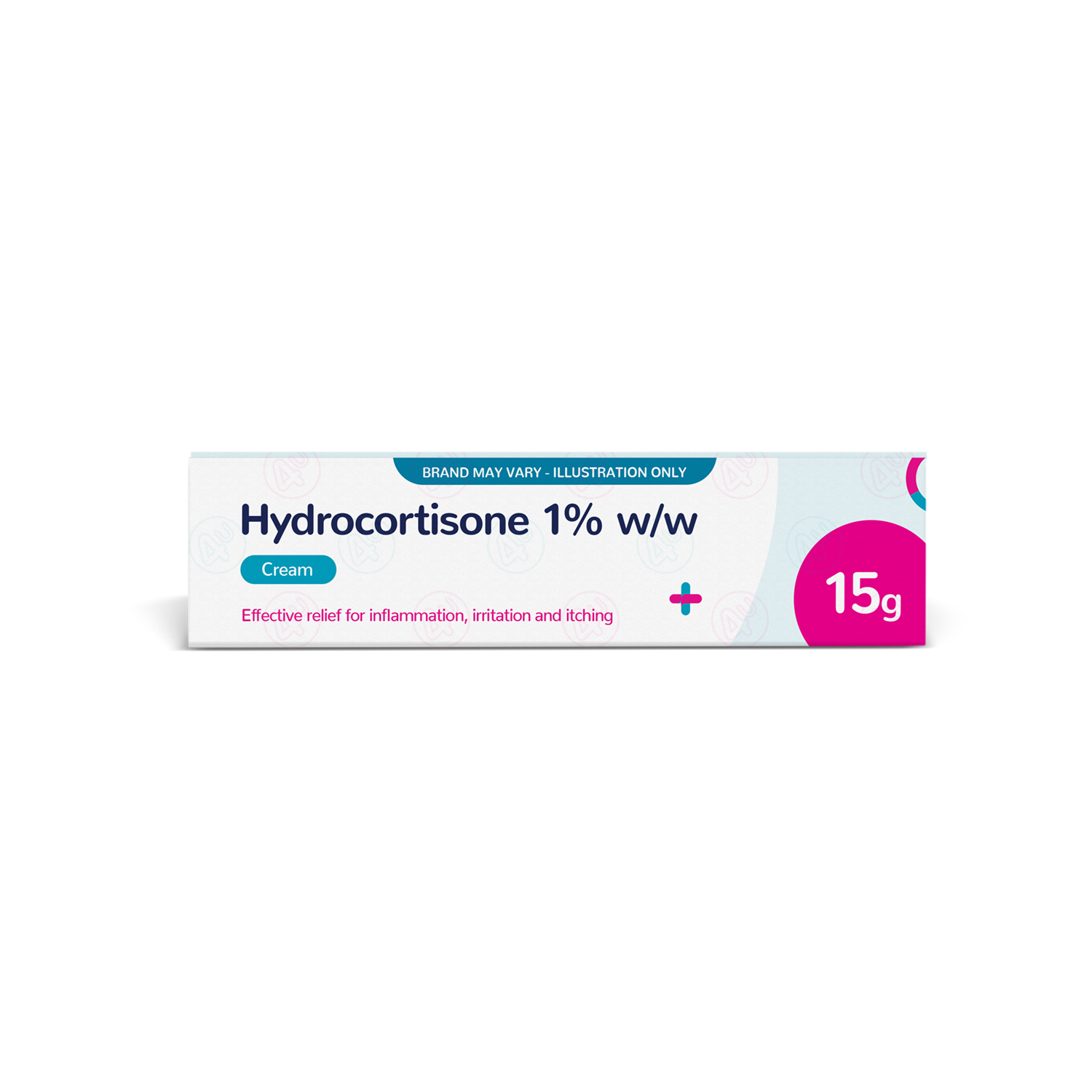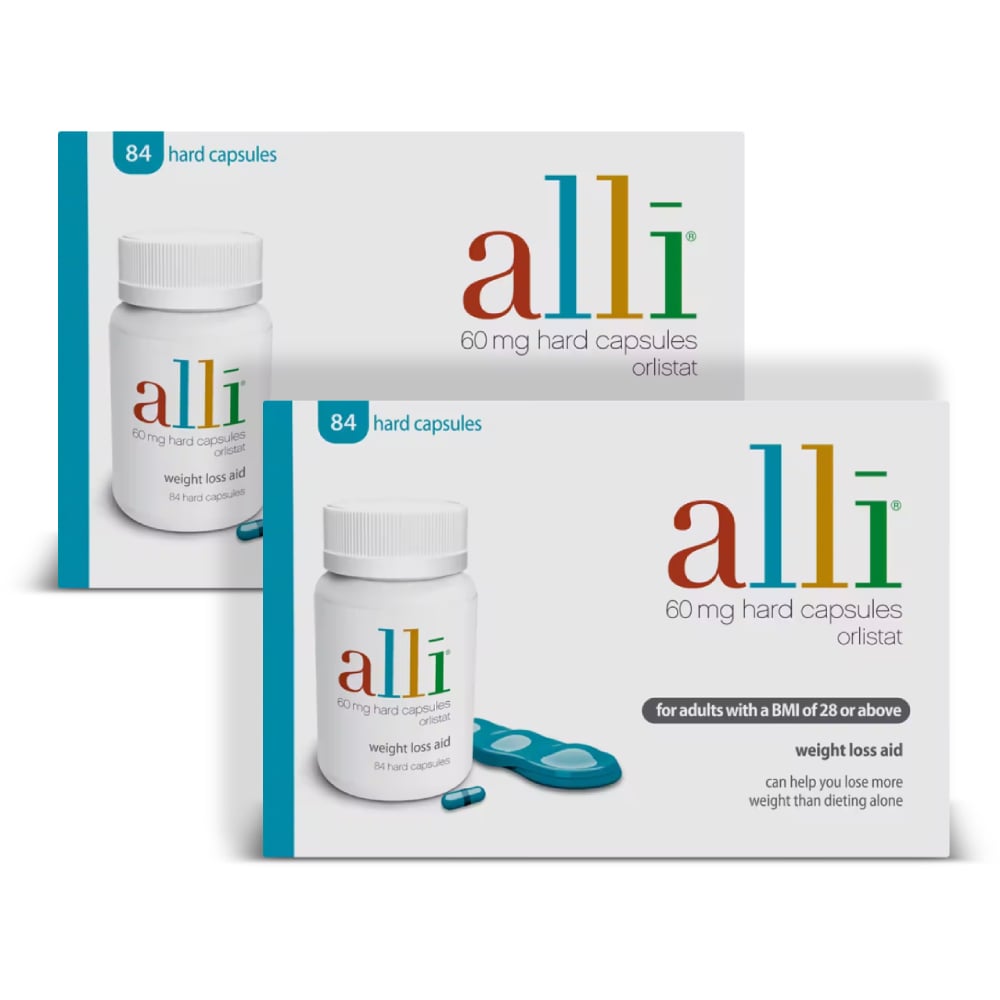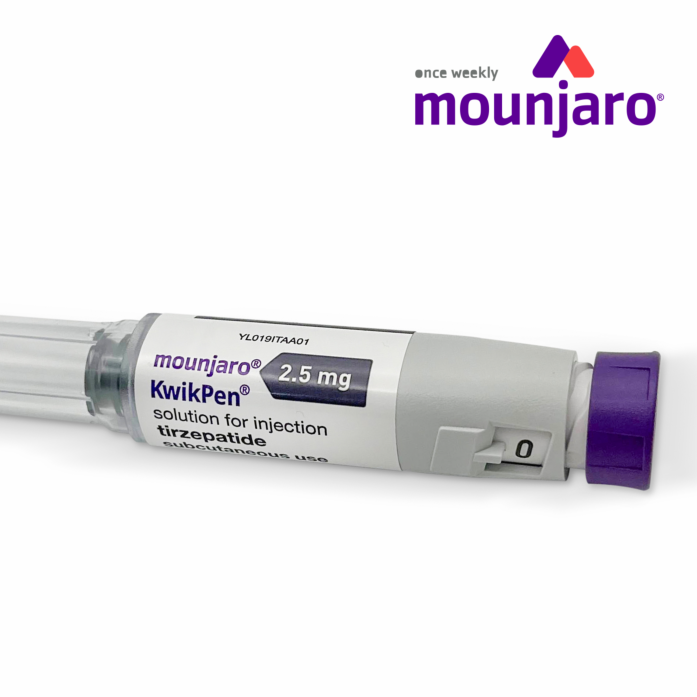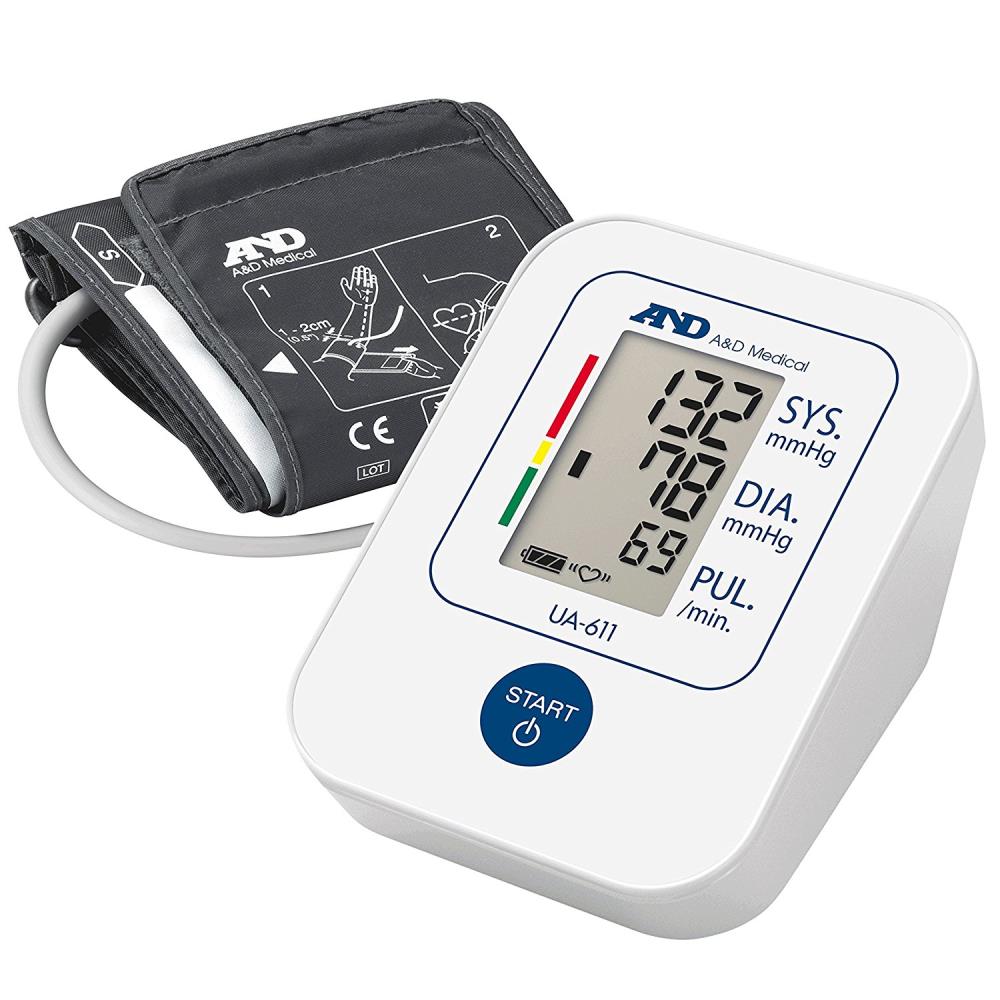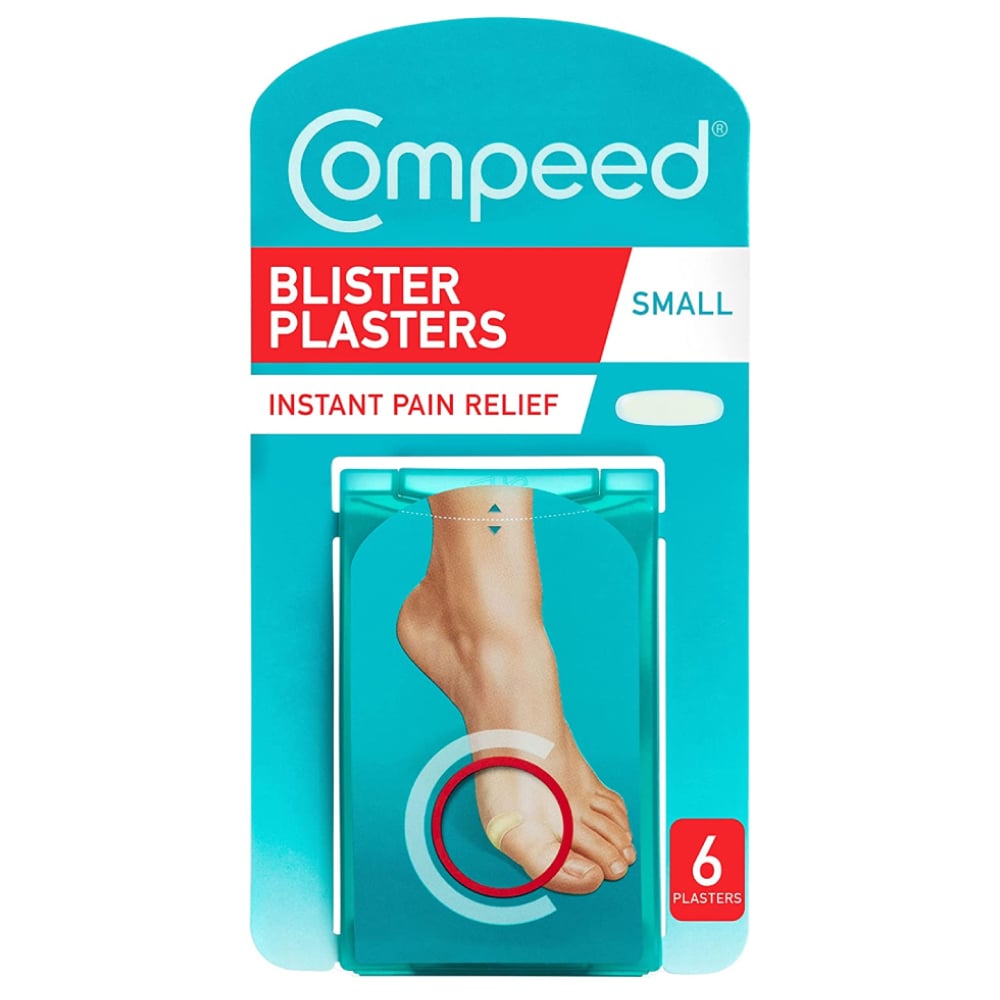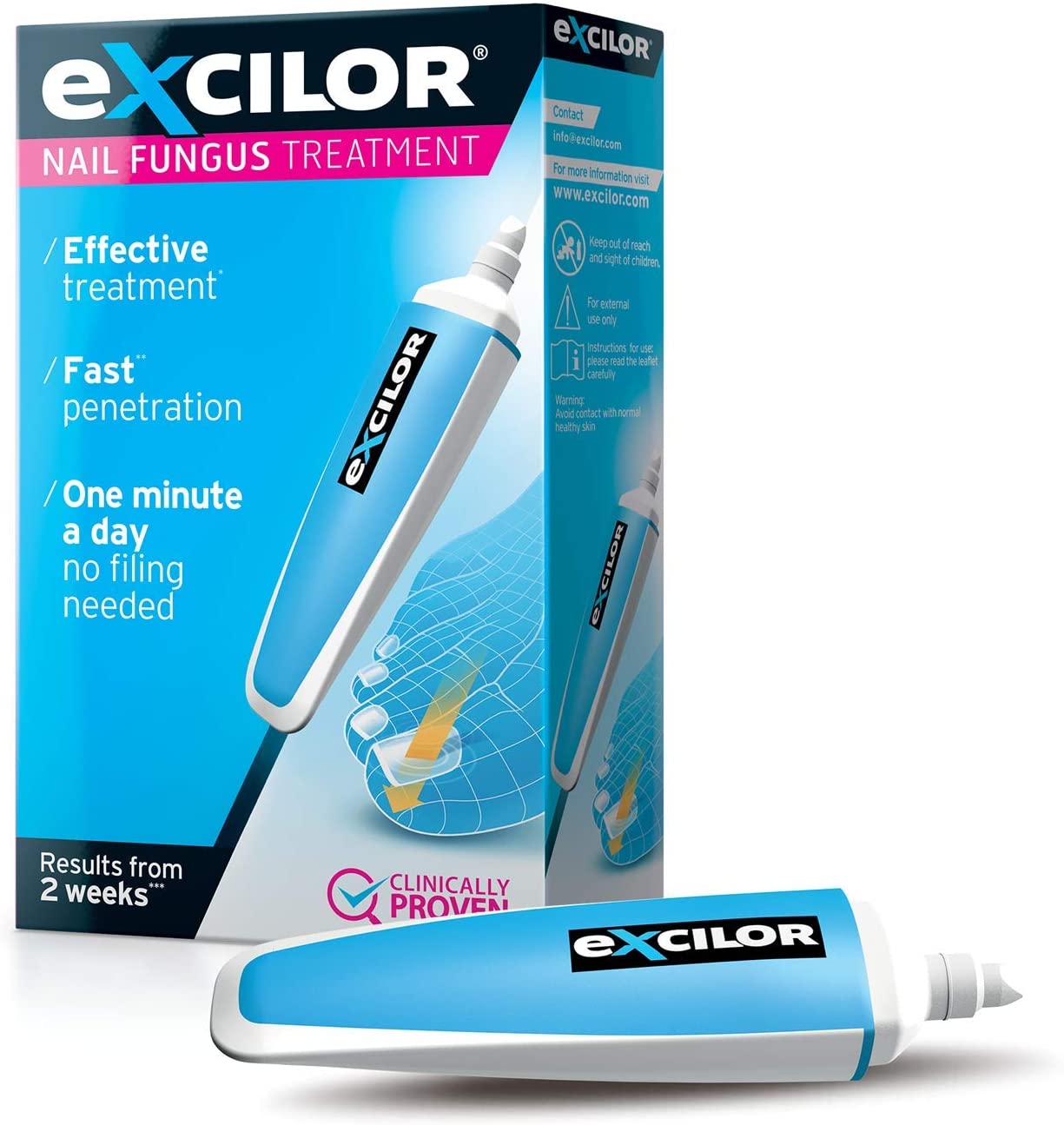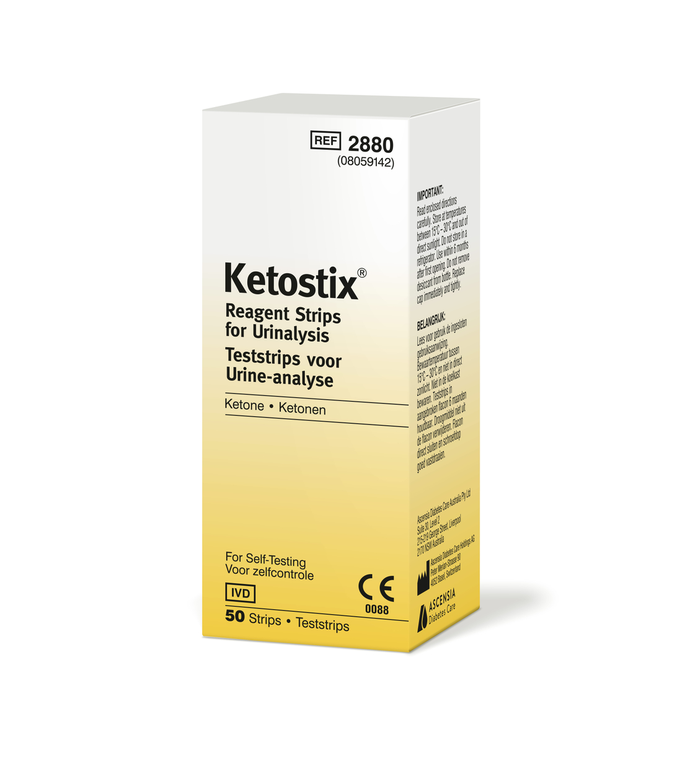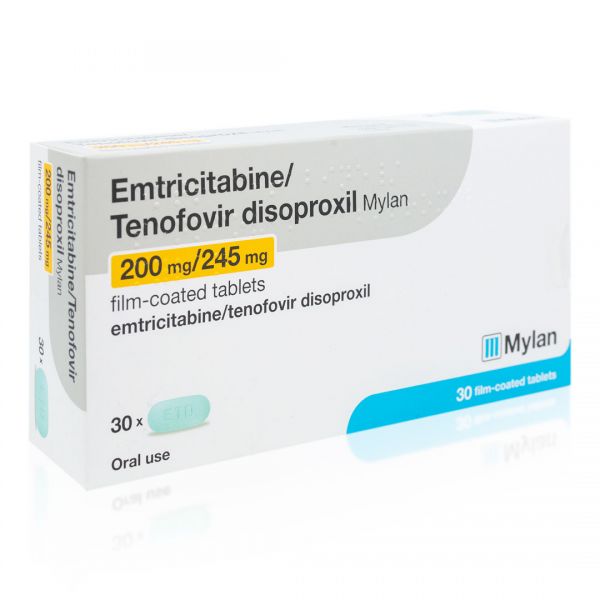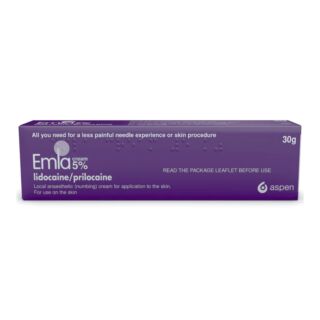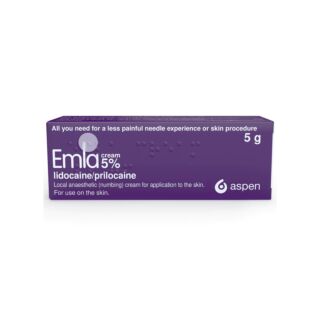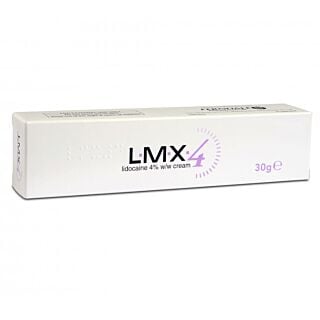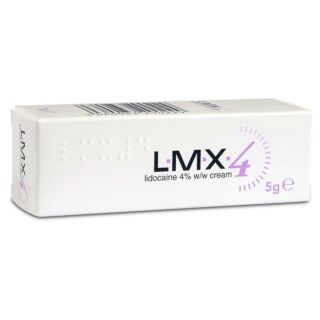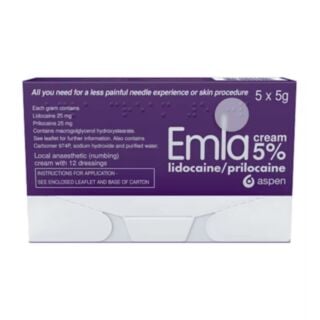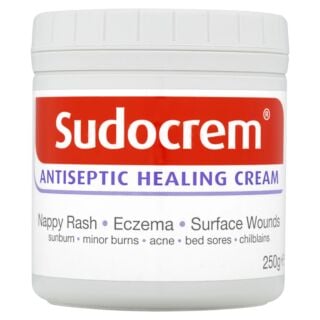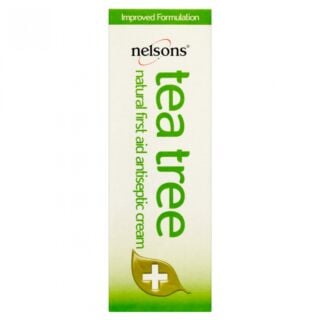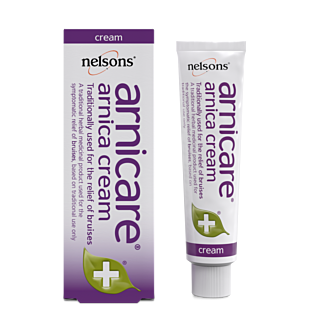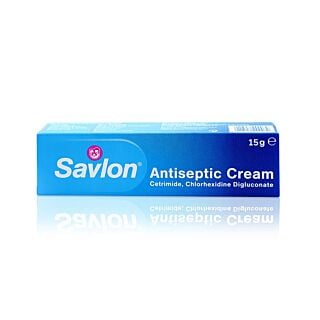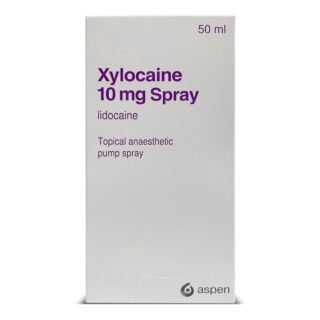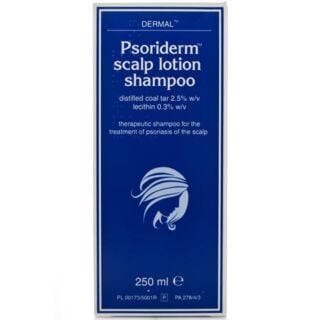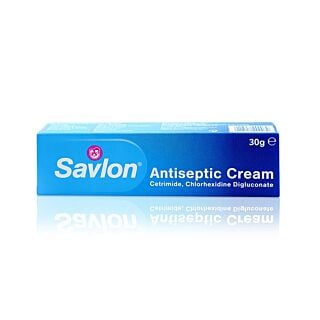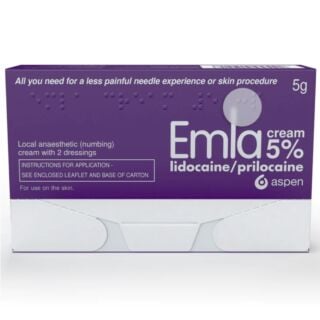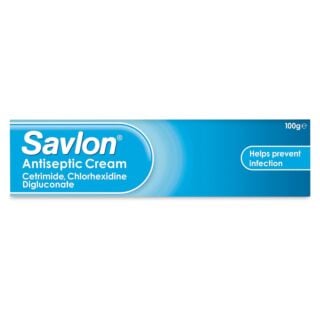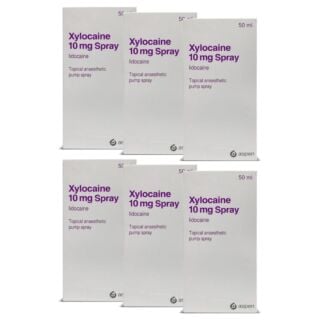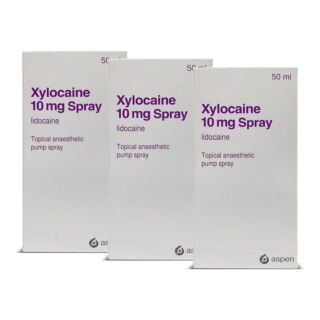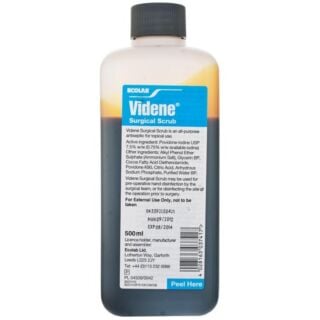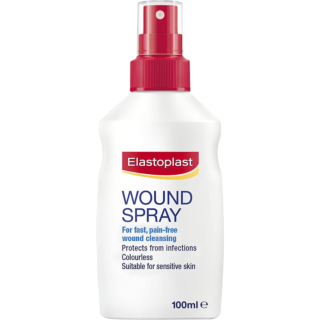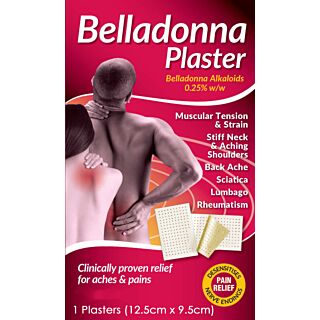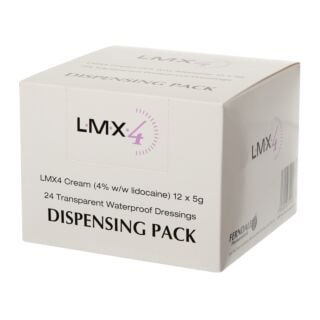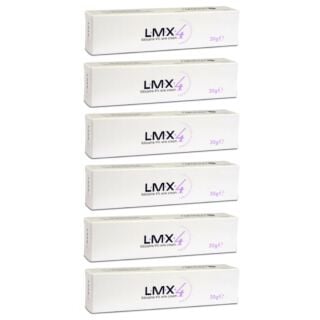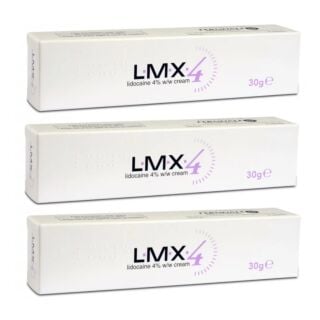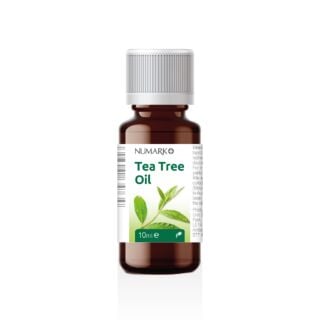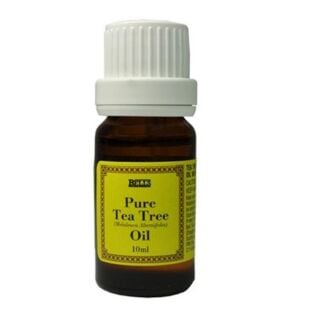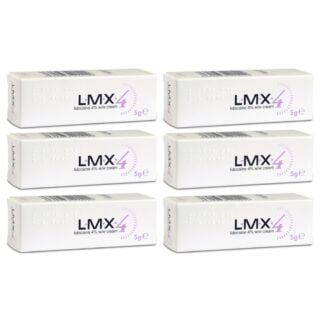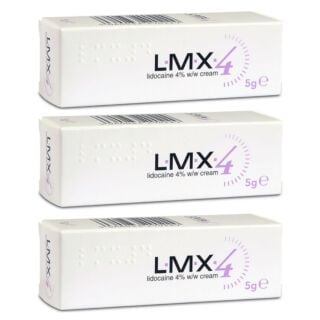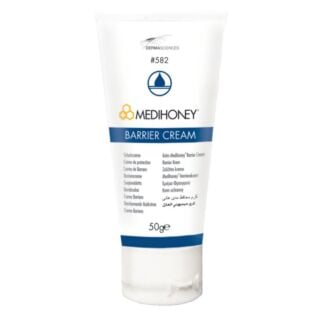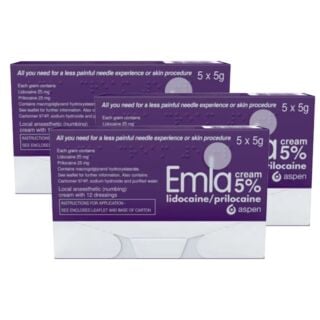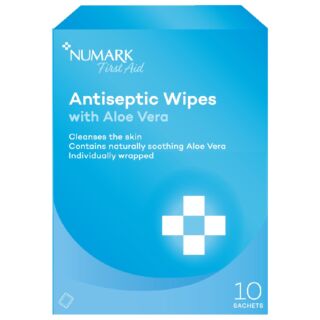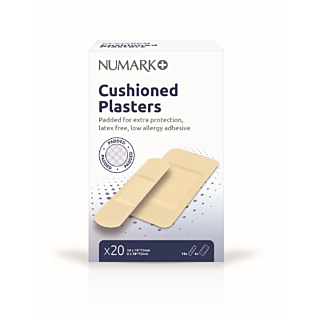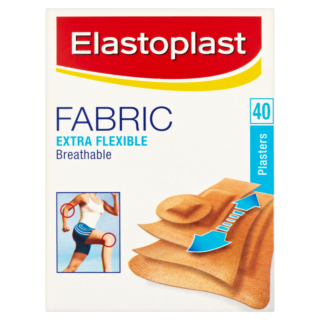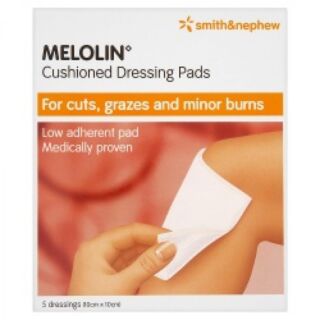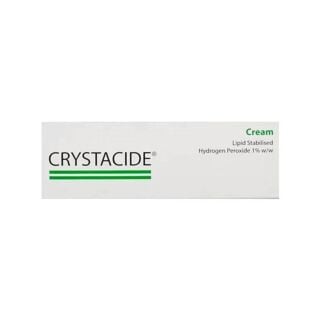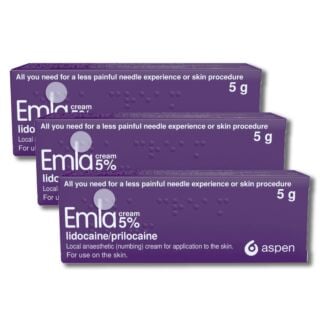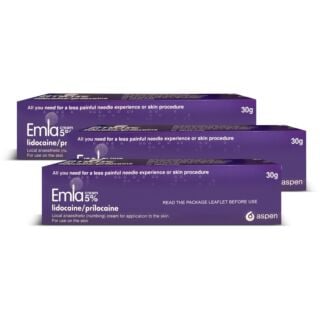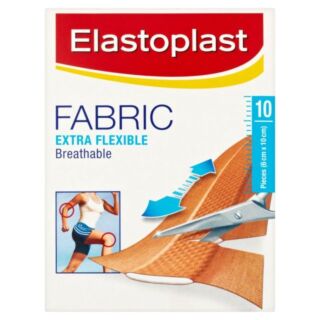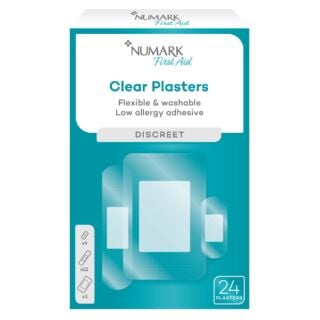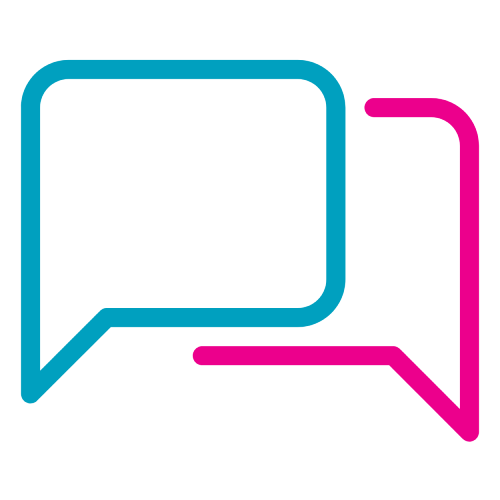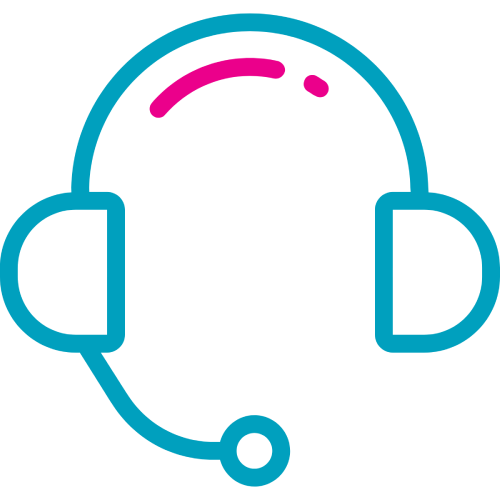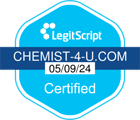First Aid

Free delivery when you spend over £30

100% discreet delivery for every item ordered
Fully regulated UK pharmacy
How do you treat a burn?
When you suffer a burn, you need to remove any clothing or jewellery near the burnt area of the skin and then cool the burn with cool or lukewarm running water for 20 minutes.
Keep yourself or the person warm, particularly if you’re cooling a large burnt area, to avoid hypothermia.
Cover the burn with cling film without wrapping it around a limb, and take paracetamol or ibuprofen for the pain if necessary.
What is antiseptic cream?
Antiseptic cream is an important part of a first aid kit.
It’s used to soothe and heal wounds, and it protects against infection when you’ve had a cut, graze, burn, insect bite or any other minor wound.
Antiseptics work by weakening the growth of bacteria, not to be confused with an antibiotic, which works by killing bacteria.
What is the best thermometer for children?
If your baby feels hotter than usual on their forehead, back or stomach, or they’re feeling sweaty or clammy with flushed cheeks, you may need to check their temperature.
The NHS recommends using a basic digital thermometer and placing it under their armpit for about 15 seconds, or for however long it says in the manufacturer’s instructions.
This is the recommended way to take a child’s temperature until they’re 5 years old.
What should be in a car first aid kit?
Keeping a first aid kit in your car or vehicle is really important in case of an emergency, especially if you spend a lot of time driving.
You should try to keep a full first aid kit in your car, including the essential range of bandages and dressings, creams and medicines, as you never know what you’ll need when the time comes.
Which bandages do I need in my first aid kit?
That random box of plasters you’ve got hiding in your cupboard somewhere probably isn’t going to cut it when you’ve got a nasty wound to deal with!
Plasters are, of course, a vital part of the first aid kit, but you need to make sure you’ve got a range of different shapes and sizes.
You’ll also need small, medium and large sterile gauze dressings, a triangular bandage, crêpe rolled bandages and sterile eye dressings.

